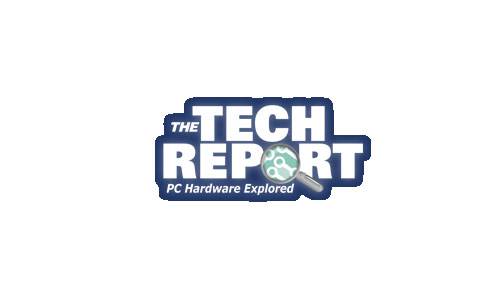Thank you. I did a tiny bit of catch up thanks to your post and other information. What I don't quite get is this: if MLC + DRAM is the best as you say (probably in terms on endurance), why would I look for TLC with DRAM? Here, I assume that MLC means that two bits per cell are allocated, TLC means that 3 bits per cell are allocated, and QLC means that 4 bits per cell are allocated.
Pretty simple - they don't make consumer MLC drives anymore. I mean, yes, the 970 Pro exists, but it's expensive. There are some budget drives with 2D/planar MLC, usually at lower capacities, like the HP M700 (which is DRAM-less!), also ones with outdated controllers like some Mushkin Reactor variants, but by far and large the TLC options are cheaper and almost as good. Actually, TLC drives in SLC mode are faster than MLC. Endurance doesn't really matter since you aren't going to get anywhere near the amount of writes required to kill the flash. We're talking PB. Yes, by MLC I mean 2-bit MLC.
If you're looking for reliability/consistency you need to look at enterprise/datacenter, OEM, or client drives. There are some retail/consumer client-based drives as well. Usually these will have static SLC only, like in the WD NVMe drives (SN500, SN550, SN750) or WD's SATA drives (WD Blue/SanDisk Ultra 3D). Some budget drives do, too, like the Hynix S31 Gold (denser flash, so best at 1TB), the L5 Lite 3D (uses second tier flash so not as reliable), etc. Drives with large, dynamic SLC are not ideal for steady state, consistency, and such SLC can be additive to wear if you do a lot of writes.
It's unfortunately often a mistake people make to assume SLC/MLC/TLC/QLC are basically the same but different "levels." That's not the case - they are fundamentally different. TLC in SLC mode is not SLC, for example. QLC is not "worse" TLC. You can have native TLC or fake TLC (2-bit MLC with 3-bit cells). My point being that 2-bit MLC existed back when that's all they could make but it was overkill for most applications. TLC makes far more sense once you get LDPC and SLC caching. QLC is great for WORM (enterprise demand for it is through the roof). Etc. There's just no reason to relegate MLC to consumer usage, it's a waste, people don't write even 10% of it within the warranty period, they don't write enough to enjoy the steady state performance, it's more expensive per bit, etc.
Nevertheless it is true that older MLC-based (2-bit) SATA drives are pretty darn good. I still use MLC where I can. But it's not something you can casually pick up at Best Buy anymore.




 If I would have 32 GB RAM, I'd turn the swap file off and would let the laptop hibernate just once a day, for lunch time (which would lead to 32×365.25×10 GB = 116.8384 TB < 360 TB in 10 years for hibernation and a small positive summand for real work.) So, forget it. Btw., thx for the link to anandtech.
If I would have 32 GB RAM, I'd turn the swap file off and would let the laptop hibernate just once a day, for lunch time (which would lead to 32×365.25×10 GB = 116.8384 TB < 360 TB in 10 years for hibernation and a small positive summand for real work.) So, forget it. Btw., thx for the link to anandtech.